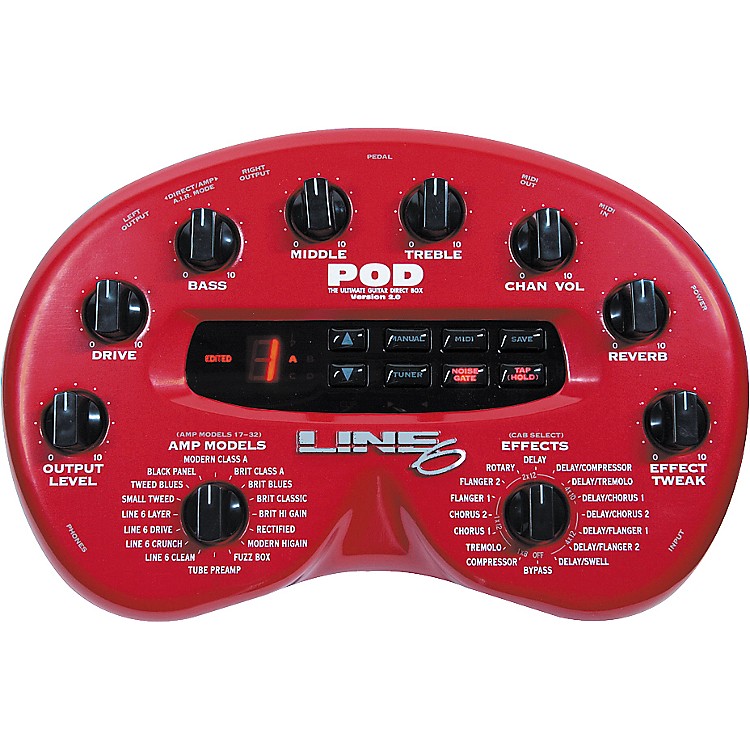Yes, but your tangent is most worthy! I have comments, of course...Please bear with me while I get philosophical....
An electric guitar with a tube amp are, taken together, a satisfying musical instrument. Like a piano, a trumpet, a violin, an acoustic guitar, a drum, a flute - the list goes on -
both the timbre and volume change with the dynamics of the player’s operation of the instrument. These dynamic changes with, say a violin, can be huge and happen with a single change in bowing, within one single note. It’s what guitar players call “very touch sensitive.”
And they can all reach some pretty loud volumes. Not to mention singers...
An unamplified violin player is perfectly capable of annoying the neighbors, and I can hear my neighbors’ obnoxious 4 year old granddaughter banging on their acoustic piano until it drives me bonkers (I keep my reaction to myself because they don’t complain about my obnoxious guitar playing).
A traditional musical instrument isn’t really a bedroom thing; it’s a go-out-and-perform-for-an-audience thing. Doesn’t mean you can’t play softly at home, of course.
One of my amps is a 100 Watt Mesa Lone Star. For practicing I can switch it down to 50 or 10 Watts. Still sounds decent. Add a pedal at low volume it sounds even better. Has an awful lot of tones in it. My PRS amps have excellent master volumes. I can turn them down and sound good.
Point is, these days you can get a tube amp that has everything - tone, dynamics, and volume options.
As Elvis reminds us, the thing you
can’t get with a modeler is that “punch.” And to be a dynamic, exciting instrument to listen to or record, the real thing, to me, is the ticket.
It’s not just guitar. You can get that punch with a real piano, a real violin, a real oboe...ever lived with a trumpet or sax player? Loud!
I don’t really understand why guitarists have to be so afraid of playing dynamically, but to make music you need dynamics, and modelers can’t give you the real dynamic thing.
Just my fifty thousand zillionth time I’ve made the same repetitive point...





